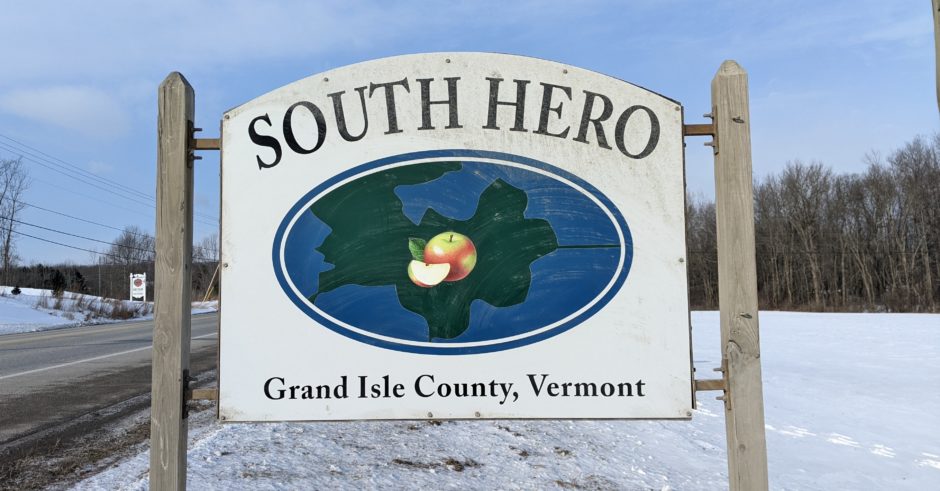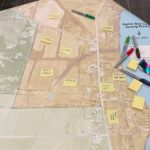There’s lots of activity to report on creating the 2023-2031 South Hero town plan!
The town’s Planning Commission, with the support of Northwest Regional Planning Commission (NRPC), conducted a survey of residents about their vision for South Hero. There were 207 respondents and the survey results are presented here. Emily Klofft of NRPC summarized the survey results in a very readable format with helpful graphs and charts, as well as background information. All the survey comments are presented, along with categories assigned to the elements of the comments as well as summaries/analysis of the categories.
The web page for the town plan, hosted at NRPC, outlines the overall planning process. And a list of outreach and engagements activities already completed can be found here.
On September 7, the Planning Commission held a public meeting at the Worthen Library to refine a vision for South Hero’s two Village Zoning Districts. The power point presentation can be downloaded here. And the draft minutes of the meeting are also posted here on the town website.
This Visioning Workshop had been advertised on Front Porch Forum as the place for answers and discussion. But when Joan Falcao asked how the current village boundaries were determined, Greta Brunswick of NRPC declined to answer by explaining that any future changes to the boundaries will be based on the 2023 Town Plan vision for the villages. Greta stressed that this workshop was to get the residents’ vision for what the villages can be; not for changing the current boundaries of the two villages. The Planning Commission is looking for input on the current vision and purpose.
Undeterred, George Rice, who has served on the Select Board in the past, commented on current village district boundaries. He suggested they initially be kept small then enlarged later if needed. Phil Reynolds felt the village zone, targeted for dense development, should be closer to the designated village center (RT 2). He suggested that Planned Unit Developments should be encouraged in rural areas.
Several residents clapped in agreement when the need for expansive boundaries of the two Village Zoning Districts was questioned. Though a few in attendance appeared to be in support of no minimum lot size and decreased setbacks in areas that have been traditionally residential or agricultural or include shoreline, it is notable that the few individuals in support of expansive Village District Zoning boundaries do not live within either Village Zoning District, and based on their occupations–some stand to gain financially if the density is increased or industry is allowed beyond Routes 2 and 314 in the Village Zoning Districts.
Although zoning regulations for minimum lot sizes, property boundary setbacks and green space requirements would seem important elements of a town plan, these were explicitly excluded from the visioning process. So participants had to figure out how to communicate with NRPC about concerns around the issues of privacy and preserving green space. To some residents, these issues are much more important than curb bump-outs and pedestrian furniture; i.e., preferences which were addressed in the town survey.
One of the workshop activities was a mapping exercise where attendees broke up into 3 groups with maps of the 2 villages. Attendees were encouraged to place little wooden tokens on areas where they thought single and multifamily homes should be built, and they were also encouraged to make comments on post-it notes. So some attendees noted that they wanted fields to remain open and to remove the shoreline areas from the village zoning districts.
According to the minutes of the meeting: “Summarized comments on the mapping exercise included encouraging multi-family housing on RT 2; walkability; keep the maple trees; maintain open space; commercial development mainly on RT 2; for to fit VT characteristics; sidewalks; traditional development patterns less than 1 acre; focus on corridors to create walkable communities.”
Other comments expressed at the meeting, but not recorded in the minutes, were to avoid installing sidewalks on South Street and to go back to the one-acre minimum lot size for future subdivisions in the village zoning districts
Photos of two completed maps from one of the breakout groups are posted below.
- South Hero Village — 354 acres for dense development
- Keeler Bay Village — 280 acres for dense development






